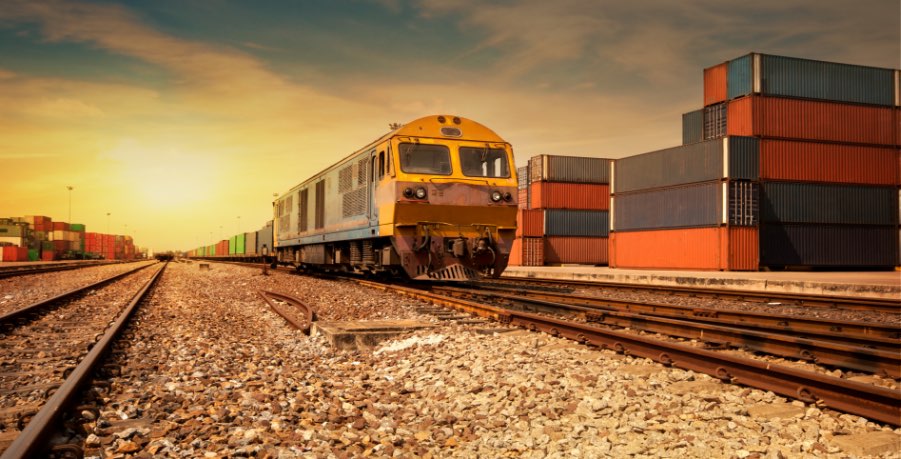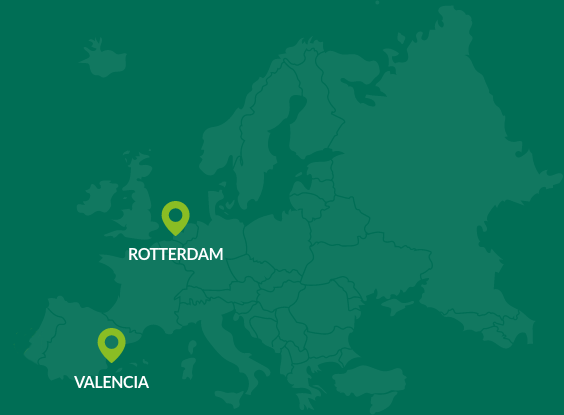LL2 will focus on dynamic and Synchromodal management of TEN-T & intercontinental flows promoting rail transport and utilising the Port of Rotterdam (PoR) as the principal smart EGTN Node coordinating the rail focused transport chains linking China through Rotterdam to/from USA, and the Rhine-Alpine Corridor destinations. LL2 will include three main use cases:
The first use case will focus on Synchromodality in a Blockchain enabled Platform utilising advanced IoT, supporting Port of Rotterdam customers & communities to create the best multi-modal alternatives for logistics solutions within the LL2 corridors.
The second use case will focus on investigating Eurasian rail freight expansion in the LL2 corridor. HUPAC will provide data from services and report on key issues to be addressed for
infrastructure development, as well as examine potential for expanding services in the corridor and implement (in a test environment) the use of Blockchain on rail freight transport between China and Europe. LL2 will also utilize use case 1 tools to investigate freight flow synergies and Blockchain innovation to support integration with European Rail Freight Corridors (RFCs).
The third use case will analyse LL2 corridor flows and assess the implication for PoR and TEN-T infrastructure. The use of the PLANET tools by PoR and “Interregional Alliance for the Rhine-Alpine Corridor EGTC’’ is directed at strategic corridor planning and in use by EGTC members in the context of use case 1.
PARTICIPANTS: Panteia, Interregional Alliance for the Rhine-Alpine Corridor, International Union for Road-Rail Combined Transport, NEWOPERA and Erasmus University Rotterdam





